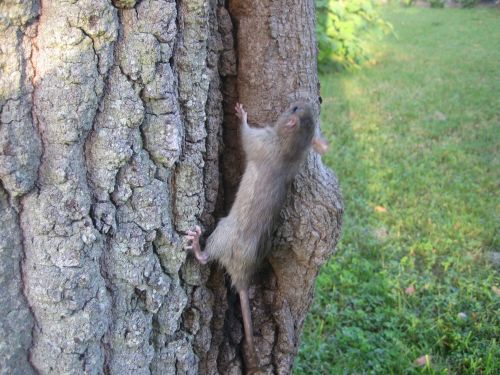Good news for spectacled bears in Peru
Posted on
There’s good news for spectacled bears in Peru from the World Land Trust!
Locals in the Amazonas Department have successfully expanded a reserve in one of the most biodiverse ecoregions in the world. It’s essential for spectacled bears and critically endangered primates.
Originally 8,155 acres were envisioned but the community owned area has been enlarged by 21,530 acres!
This was made possible by Natureleza y Cultura Peru and World Land Trust supporters such as Puro Coffee. Well done and thank you to them! The reserves now protects 64,700 acres in what is a key biological corridor.
130 flora species and 29 mammal species call the area home, and there are 65 avian species as well.
The success of this project just shows how important it is to have local communities steer conservation efforts and how vital it is to involve them at every stage. The communities manage the land, and NCP give them training and support in such areas as reserve mapping, fire prevention and tourism. The area is rapidly being turned into agricultural land so you can see how important this development is.
Find out about the Action Fund here. #Nottoolate


